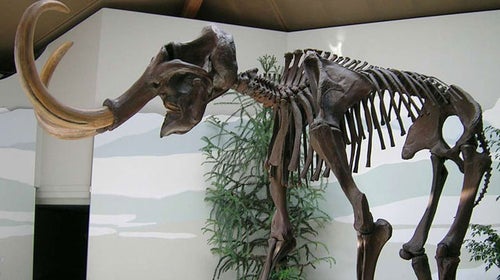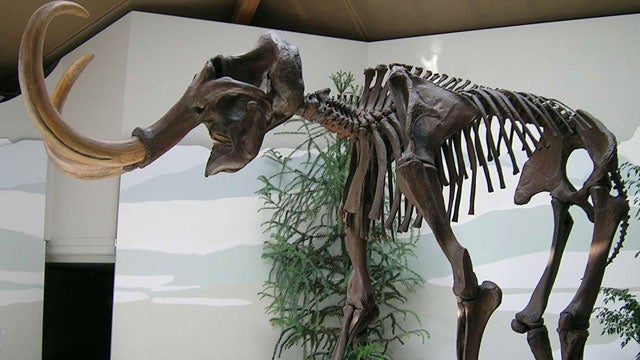The scientist behind the first cloned animal has laid out how DNA from a preserved carcass could lead to the rebirth of the extinct wooly mammoth.
Sir Ian Wilmut, whose team cloned Dolly the sheep in 1996, said that while traditional cloning procedures, which require hundreds of eggs from a closely related species, would be unlikely to work with a mammoth, scientists might be able to reprogram cells recovered from a carcass to create stem cells, which in turn can be coaxed into forming eggs.
In an article on British science journalism site , Wilmut cautioned that even if science could bring the mammoth back, there would be ethical issues to contend with.
In all of these discussions it is necessary to consider the welfare of the animals. Mammoths lived in cold climates, whereas their current relatives including potential surrogate mothers live in warmer regions.
It would be essential to provide mother and clone with the appropriate environment of temperature, moisture and diet. It would almost certainly be necessary to keep the animals in captivity, so it would be essential to provide as interesting an environment as possible. Ideally this should include other elephants, mammoths or hybrids to provide social interaction for the animal.
According to , Researchers will have plenty of time to consider these issues: Wilmut thinks it’s unlikely that they’ll perfect the techniques required to resurrect the mammoth for another 50 years.


